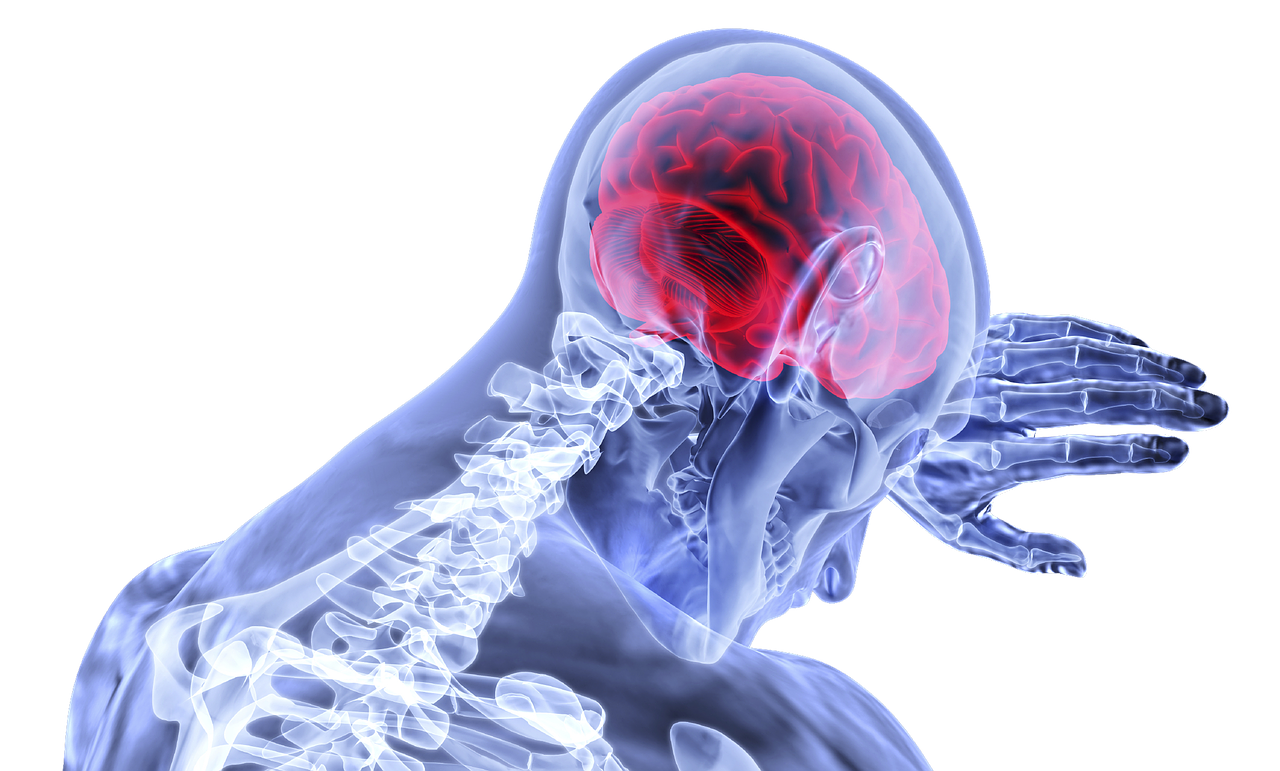Stroke poses an extra risk in the COVID-19 era, in two distinct ways, but it’s the patients avoiding hospital because of the pandemic who are the bigger worry
Stroke poses an extra risk in the COVID-19 era, in two distinct ways.
Reports have come out of New York of strokes in people in their 30s and 40s who have the virus but no underlying conditions, and of clotting in patients on blood-thinners, suggesting this is as much a vascular problem as a respiratory one.
The virus’s apparent pro-thrombotic effects are another alarming development, even if strokes in the young are still rare – in the 10s, according to the Washington Post, among 160,000 confirmed COVID-19 cases in New York.
But there is a bigger problem, says Professor Bruce Campbell, consultant neurologist and head of stroke at the Royal Melbourne Hospital.
While he and interstate colleagues were aware of the reports from New York, fortunately Australia had had insufficient numbers to witness what was a rare and apparently “out of the blue” complication in people without risk factors for stroke.
“Hopefully we don’t get to the point of seeing lots of that in Australia,” Professor Campbell told The Medical Republic.
“What we’re more worried about as doctors in Australia is that people may be seeing stroke symptoms and ignoring them or trying to put off coming to hospital because they’re worried about catching the virus.
“We are seeing fewer stroke patients present at the hospital at the moment, particularly at the milder end.
“Even if people think, ‘it’s mild, it’s not going to kill me, I’ll stay away from hospital and avoid getting a virus that might,’ the point about mild stroke and transient ischaemic attack is that those portend a risk of significant stroke in the next few days. We need the opportunity to investigate, work out why it’s happened, to instigate prevention.
“So any stroke symptoms, called 000 immediately and don’t be afraid about what might be happening in hospital, because the reality is very few of our hospitals have COVID patients.”
Professor Campbell said SARS-CoV-2 might well be activating the clotting system directly or through the host’s inflammatory response.
“We sometimes see similar things in people with advanced cancers,” he said.
“I don’t think the exact mechanism is understood, but when you have an inflammatory state in the body it can activate the clotting system. The inflammation can stir up the lining of blood vessels and they start to stick to blood components and form clots.”
He said shingles was another virus that could cause inflammation in brain blood vessels and indirectly cause stroke, but that was localised rather than systemic.
Another Washington Post story reports significant clotting problems even in patients on anticoagulants, and suggests clots might be responsible for a substantial share of deaths.
In a recent preprint on MedRxiv, researchers in China measured D-dimer levels and other indicators in more than 200 patients. They found more severe disease and death were associated with increasing D-dimer levels after hospital admission.
Another preprint study about the same size from Georgia, US, found twice the median D-dimer levels in ICU patients who died than in those who survived.
Asked whether GPs ought to warn any mild COVID patients to be alert to signs of stroke, Professor Campbell said everybody should be aware of FAST: face droop, arm weakness, slurred speech, time to call 000.
He said there were many good reasons for young people to avoid COVID-19, besides the low risks of stroke or cytokine storm.
“Friends of mine, including doctors from New York, have had COVID and they felt really terrible. It’s like the worst flu they’ve ever had for several days. It’s not a nice illness to get and if you give it to someone else who’s vulnerable, of course that may be fatal for them.”





